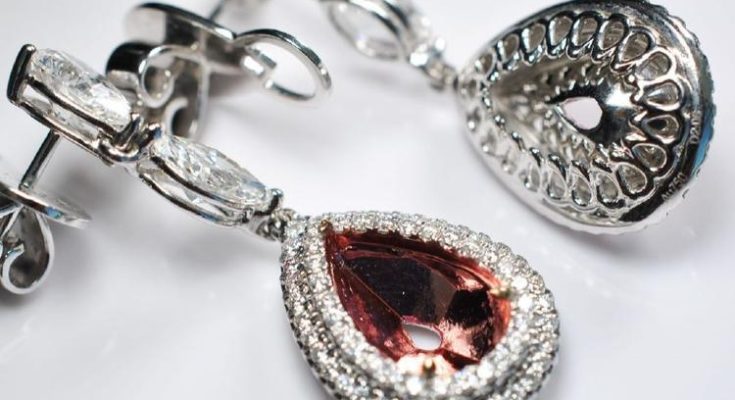When it comes to investing, diamonds aren’t a quarterback’s best friend.
Drew Brees, quarterback for the New Orleans Saints, is suing a California jeweler who sold Brees and his wife Brittany about $15 million in investment-grade diamonds. The diamonds are actually worth about $6 million, the couple later found out through an independent appraiser, according to a report from The San Diego Union-Tribune.
The jeweler, Vahid Moradi, reportedly said he did mark up the diamonds, but charged the couple the price he believed the diamonds could be resold for in 10 to 15 years. (Moradi’s company, CJ Charles, did not immediately respond to MarketWatch’s request for comment.)
However, the Brees’s lawyers said the couple bought the diamonds to diversify their investment portfolio. They had been “personal friends” and customers of Moradi’s for about 15 years and believed he was an expert in valuing diamonds. When they removed the diamonds from their settings to prepare them for sale, they realized the settings had been painted to make the stones look more colorful than they actually were, they allege.
Brees was among the NFL’s highest paid players in 2017, earning $26 million, Forbes reported.
Though diamonds are one of the world’s most sought-after gemstones and may seem like a surefire money-maker, buying them as an investment is not advisable, said Rachel Podnos, an attorney and financial adviser based in Washington, D.C.
How a digital wardrobe can fuel the $18 billion re-commerce industry Digital startup Finery has created a wardrobe operating system that enables consumers to monetize the unworn clothes hanging in their closets, which amount to 80% of the average wardrobe in the U.S.
“If you’re looking to diversify, there are such better options,” she said. Gold and silver bars tend to have prices that are easier to understand because diamonds vary in size, shape, color and clarity, which makes it hard to set standard prices. What’s more, purchasing luxury items like diamonds means your money isn’t liquid when you need it, she said.
The value of diamonds also depends on major world events like a dip in currency or political unrest, said Travis Lejman, a senior appraiser and gemologist at GemLab in New York. For example, when a country is struggling economically or its currency drops, it may demand fewer diamonds, causing a drop in prices globally. The price of metals including gold also is impacted by global supply and demand, as well as the value of currency. When the U.S. dollar is stronger, the price of gold tends to fall because more people invest and trade in dollars.
Someone selling diamond jewelry within five years after buying it likely won’t break even, Lejman said. “You may get that money back over a 20-year time frame, but it would be a long-term investment,” he said. “If it’s within a short amount of time, I tell people, ‘If you’re buying jewelry, buy it for its beauty and intrinsic value.’”
And as the Brees case suggests, gemstones, expensive art and other collectibles are risky investments unless you’re an expert, Podnos said. It can be a good idea to have a third-party appraiser look at jewelry before you decide to purchase or sell it, to get an unbiased sense of its value, Lejman said.
Another caution for sellers: Auction houses, online marketplaces and many other reselling platforms will take a percentage of the sale, sometimes up to 15 to 20%, which will also erode any potential profit, he said. (Article Courtesy of Market Watch | Photo Courtesy of Law Office of Andrew F. Kim Esq.)









